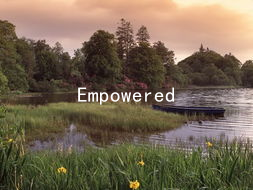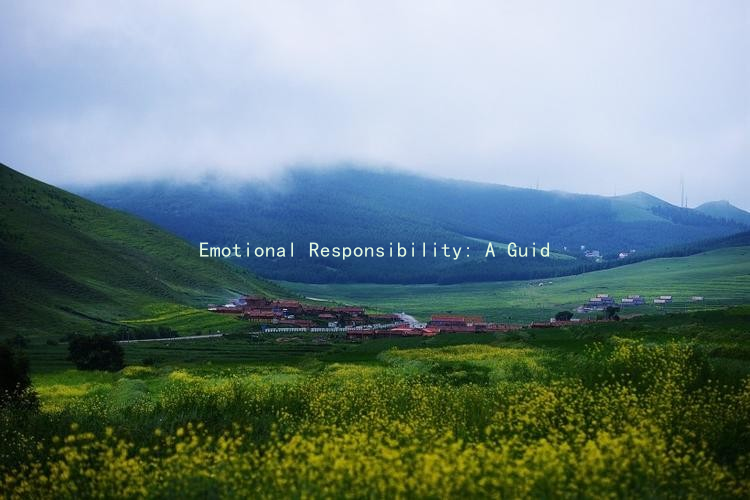From Words to Hearts: Utilizing Emotional Language in Dating and Marriage
In the realm of dating and marriage, the power of words cannot be overstated. Communication forms the bedrock of any relationship, and the way we express our feelings often dictates how our partner receives our emotions. The right emotional language can create deep connections, foster understanding, and pave the way for a lasting relationship. Here are several strategies for utilizing emotional language effectively when dating or in marriage.
1. Use Vulnerability as a Bridge
One of the most potent tools in emotional communication is vulnerability. When you share your fears, insecurities, and personal stories, you invite your partner to enter into your world. For instance, instead of merely stating, I had a tough day, try sharing, I felt overwhelmed today, and I really wanted someone to lean on. This not only opens the door for empathy but also strengthens trust between partners.
2. Practice Active Listening
Emotional language is not solely about what you say; it’s also about how you respond. Active listening is a crucial skill in any relationship. Instead of formulating your response while your partner speaks, focus entirely on their words. Acknowledge their feelings by saying, I understand that you feel hurt, or That sounds really challenging. Demonstrating that you are fully present fosters a deeper emotional connection.
3. Share Appreciative Language
Gratitude can work wonders in bonding. Make it a habit to express appreciation regularly. Simple statements like I love how you always know how to make me smile or I appreciate your support today can uplift your partner and create a positive atmosphere. The more you express positivity, the more your partner feels valued, leading to a stronger emotional tie.
4. Frame Complaints Constructively
It’s natural to have disagreements in a relationship, but how you express your concerns can make a difference. Instead of saying, You never listen to me, reframe it to, I feel unheard when I dont get your attention during our conversations. This shift in language emphasizes your feelings rather than placing blame, leading to more constructive discussions and less defensiveness from your partner.

5. Use I Statements for Ownership
Taking ownership of your feelings is vital in a healthy relationship. Use I statements to communicate your feelings without sounding accusatory. For example, I feel anxious when we don’t communicate regularly, rather than You never text me. This helps your partner understand your perspective without feeling attacked, fostering more open dialogue.
6. Share Future Dreams and Goals
Building a future together is an essential part of any romantic relationship. Engage in conversations about your aspirations, dreams, and plans. Phrases like I envision us traveling together or I can see us building a family not only express your emotional investment in the relationship but also reinforce the idea of working as a team towards common goals.
7. Celebrate the Little Moments
Celebration doesn’t have to be loud or extravagant. A small note expressing love or a text message saying Im thinking of you can carry a lot of weight. These little gestures create a backdrop of positivity that can counterbalance lifes challenges, reminding both partners of their emotional bond.
8. Reflect on Shared Experiences
Regularly revisiting shared memories can reinforce emotional connections. Remind each other of the pivotal moments in your relationship that solidified your bond. Statements like Do you remember our first date? or Thinking about our trip to the beach always makes me smile evoke fond memories, creating a sense of unity and shared history.
In conclusion, the language of emotion plays a significant role in forging connections in dating and marriage. Whether through vulnerability, active listening, or expressions of appreciation, the words we choose can bridge gaps and heal wounds. Ultimately, by utilizing emotional language, couples can cultivate deeper understanding, empathy, and a more profound love that withstands the test of time. It’s not just about talking; it’s about connecting at a heart level.





